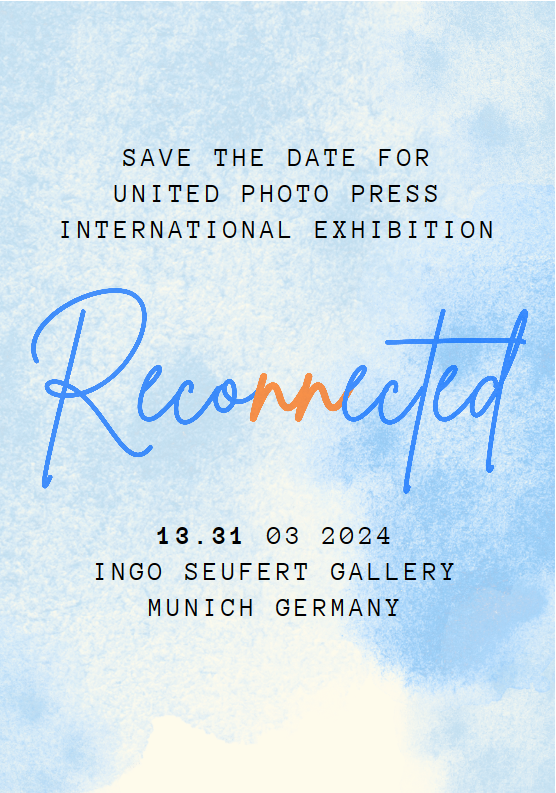‘The records keep being broken and every time my initial reaction is one of horror,’ says world-famous German artist, after sale of one of his works for £30m.
Gerhard Richter, the world-famous German painter, has expressed his incredulity at the astronomical sums paid for his works, calling the art market “hopelessly excessive” and saying that prices are rarely a reflection on quality.
Richter, 83, told the German daily
Die Zeit he had watched the outcome of a recent auction at Sotheby’s in London with horror after an anonymous buyer paid £30.4m (€41m, $46.5m) for his 1986 oil-on-canvas, Abstraktes Bild.
We artists get next to nothing from such an auction. Except for a small morsel, all the profit goes to the sellerGerhard Richter
“The records keep being broken and every time my initial reaction is one of horror even if it’s actually welcome news. But there is something really shocking about the amount,” Richter said.
He said he believed people who paid so much money for his paintings were foolish and foresaw that prices for his art would crash “when the art market corrects itself”, as he was convinced it would.
Seen as the leader of the New European Painting movement which emerged in the second half of the 20th century, Richter made a name for himself with “photo-paintings” that replicate photographs and are then “blurred” with a squeegee or a brush.
The price paid for Abstraktes Bild amounted to a staggering 5,000-fold increase on the price he had originally sold it for, he said.
He told the weekly newspaper that he understood as much about the art market as he did “about Chinese or physics”, and said contrary to a common perception he hardly benefited at all from such sales.
“We artists get next to nothing from such an auction. Except for a small morsel, all the profit goes to the seller,” he said.
Gerhard Richter in front of one of his paintings at the Centre Pompidou, Paris, in June 2012.Photograph: Joel Saget/AFP/Getty Images
Richter said he was given the impression by gallery owners that he was inclined to undervalue his own work. Recently, having set the price of one of his photographs at €2,000, he said he was told by a gallery owner: “You can’t sell that for €2,000, it needs to be more like €10,000 or €20,000.”
Advertisement
He was relieved, he said, that he did not have much to do with the buying and selling process. “Luckily I can … shut my studio door on most of the discussion about the market and prices. I’m good at suppressing it,” he added.
He said that while it had been years since he had seen Abstraktes Bild – created by his trademark technique of building up paint and then pulling it away with a piece of wood – he remembered it being a “quite good” piece of art, in contrast to his painting Domplatz, Mailand (Cathedral Square, Milan) which last year fetched €29m at auction.
“I found that odd,” he said. “I don’t think the picture is that great … when I heard what it had gone for at auction, I thought ‘that’s completely over the top’.”
Richter, who was born in Dresden, said he was nonplussed as to how and why auctions had become so important. “It is really quite alarming, particularly when you take a look at the catalogues. They always send them to me and they get worse and worse. You cannot imagine what rubbish is offered, at prices that are rising all the time,” he said. He said that both “serious galleries” and young artists were suffering as a result.
“Many of the young artists go straight to auctions in order to earn the big bucks. So in contrast to the past artists cannot develop slowly. And the business is getting more anonymous. In the end it just comes down to the price.”

Richter fondly recalled the memory of selling Abstraktes Bild almost 30 years ago to a Cologne collector “for I think around 15,000 marks” (around €7,670). “I was very proud that it became part of his collection.”
Cogs in the machine: how the art market became obsessed with money
No one who had bought his works in recent years, he said, had ever contacted him to show an interest in him or his work, implying that they were only interested in the work’s investment value. He confirmed that often his works were among those bought as safe, tax-free capital investments and stored in art bunkers in east Asia or Switzerland.
Richter said he had resigned himself to the fact that “hardly any one talks about art any more. Even in the arts pages of the broadsheets”.
He said he was virtually powerless to alter the prices of his works. Attempting to torpedo the high prices by offering new works at lower prices only backfired, he said. “I made 100 small original paintings and sold them very cheaply. They sold immediately and promptly ended up being sold at auction … you cannot escape the market.”
Richter said that an original work of art had barely any meaning for him and he had many reproductions hanging in his studio.
He praised an initiative offered at
Tate Modern in London where he had an exhibition in 2011, in which his works were run off on a printer. “I found it terrific … they had an online printer that printed off loads of my pictures so that everyone could take one home with them.”
He admitted he never buys art himself. “I don’t spend money on art,” he said. “I like looking at paintings, but I go to a museum to do so. I don’t have to own art myself.”














